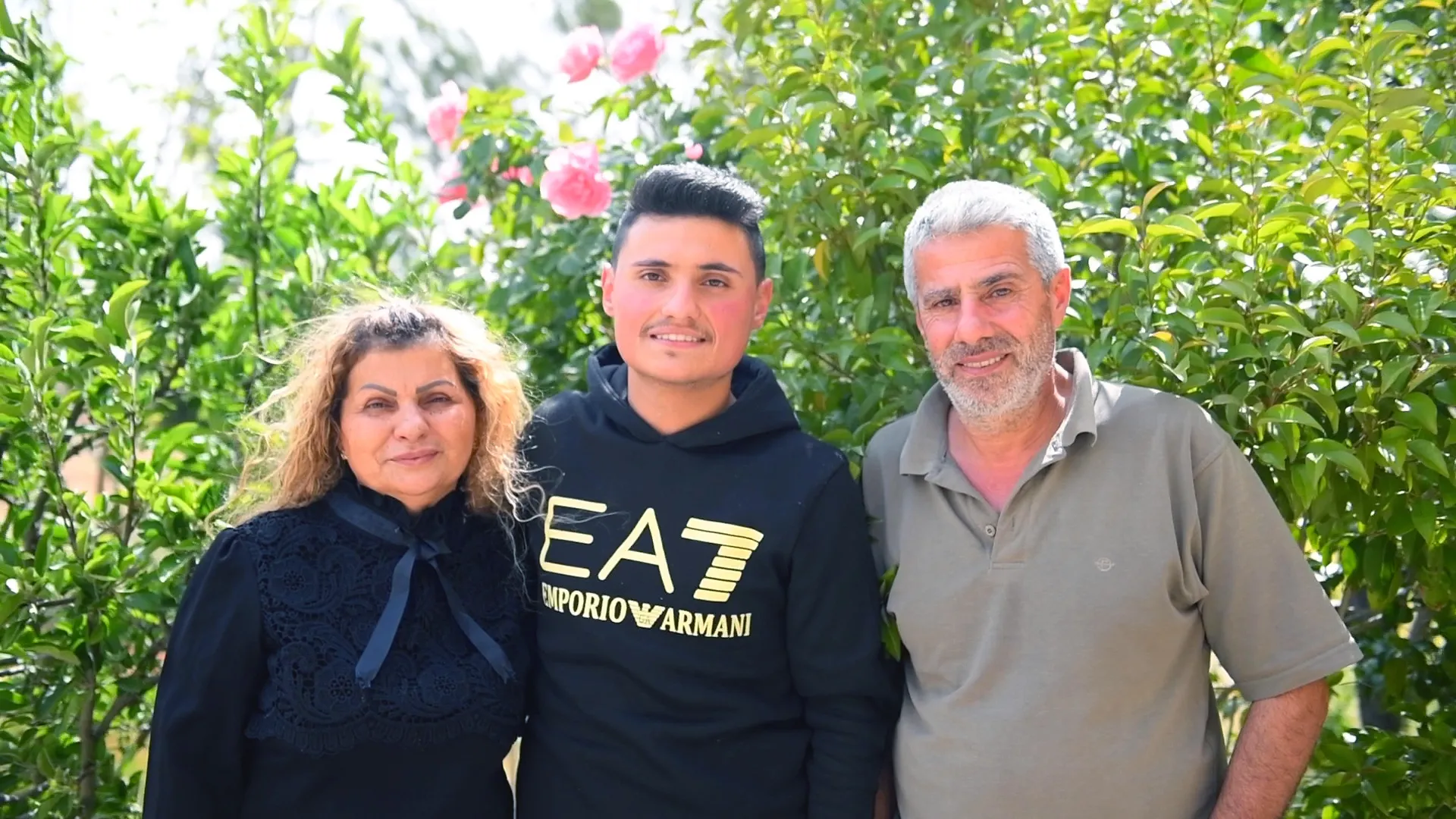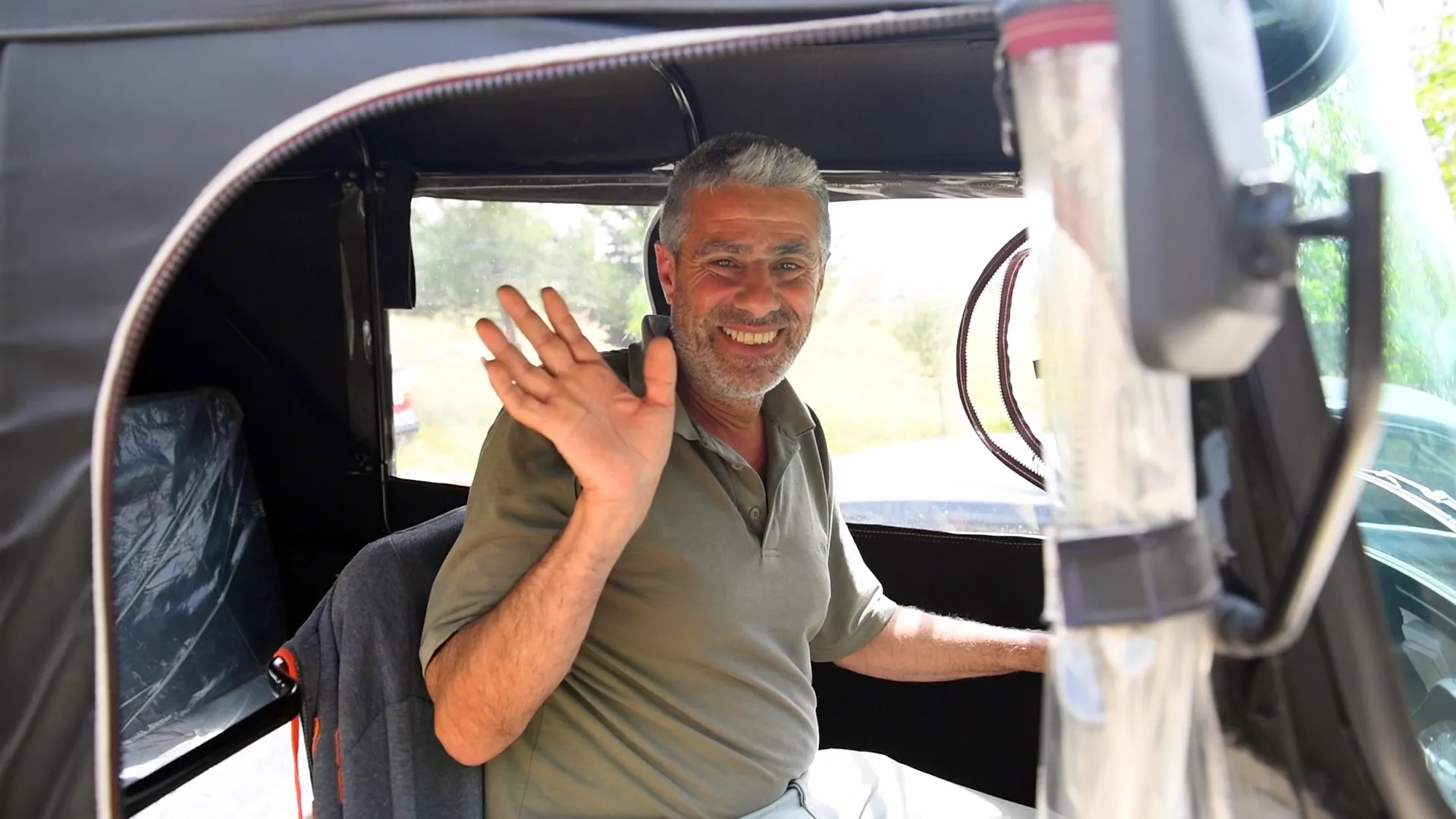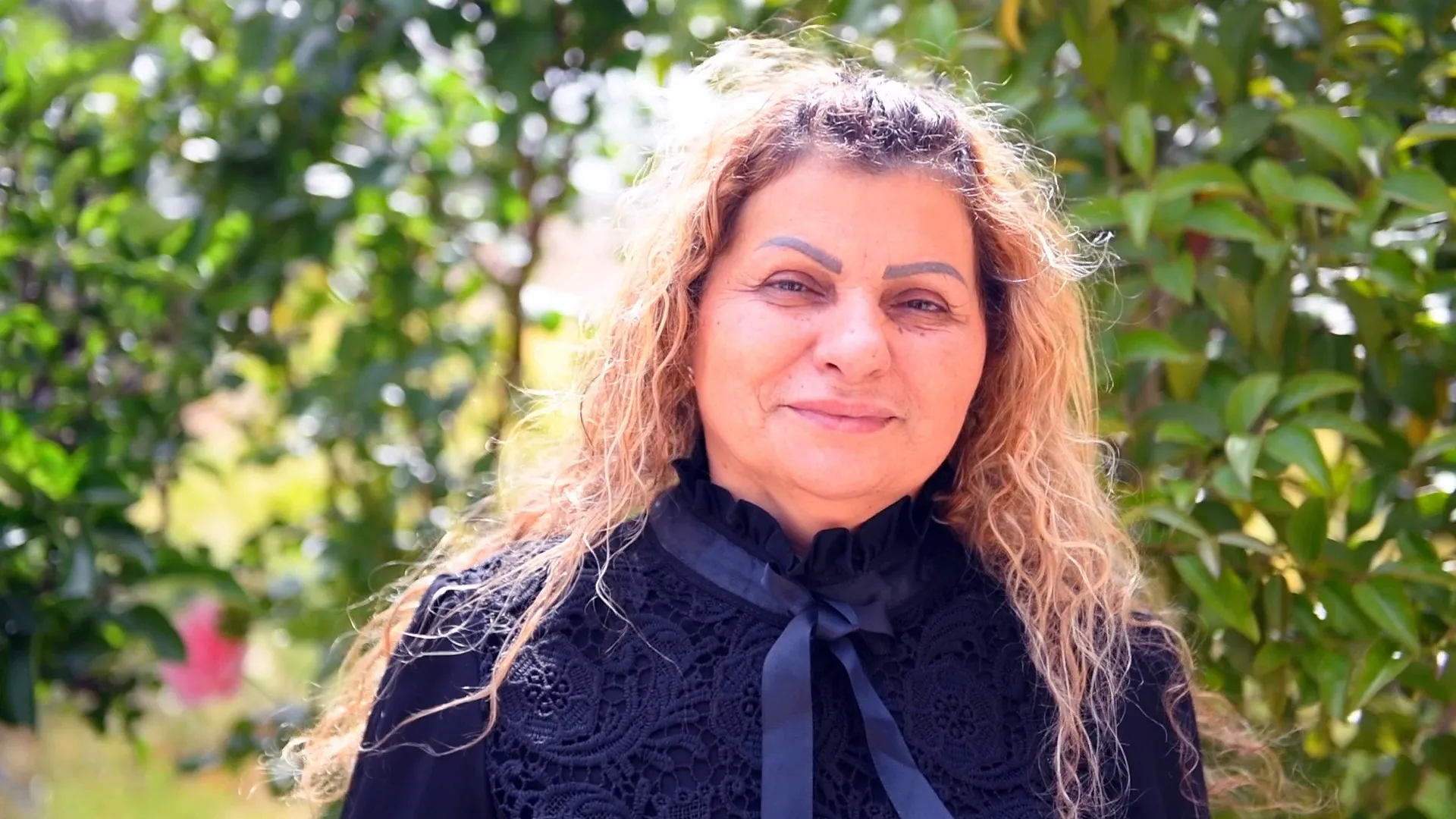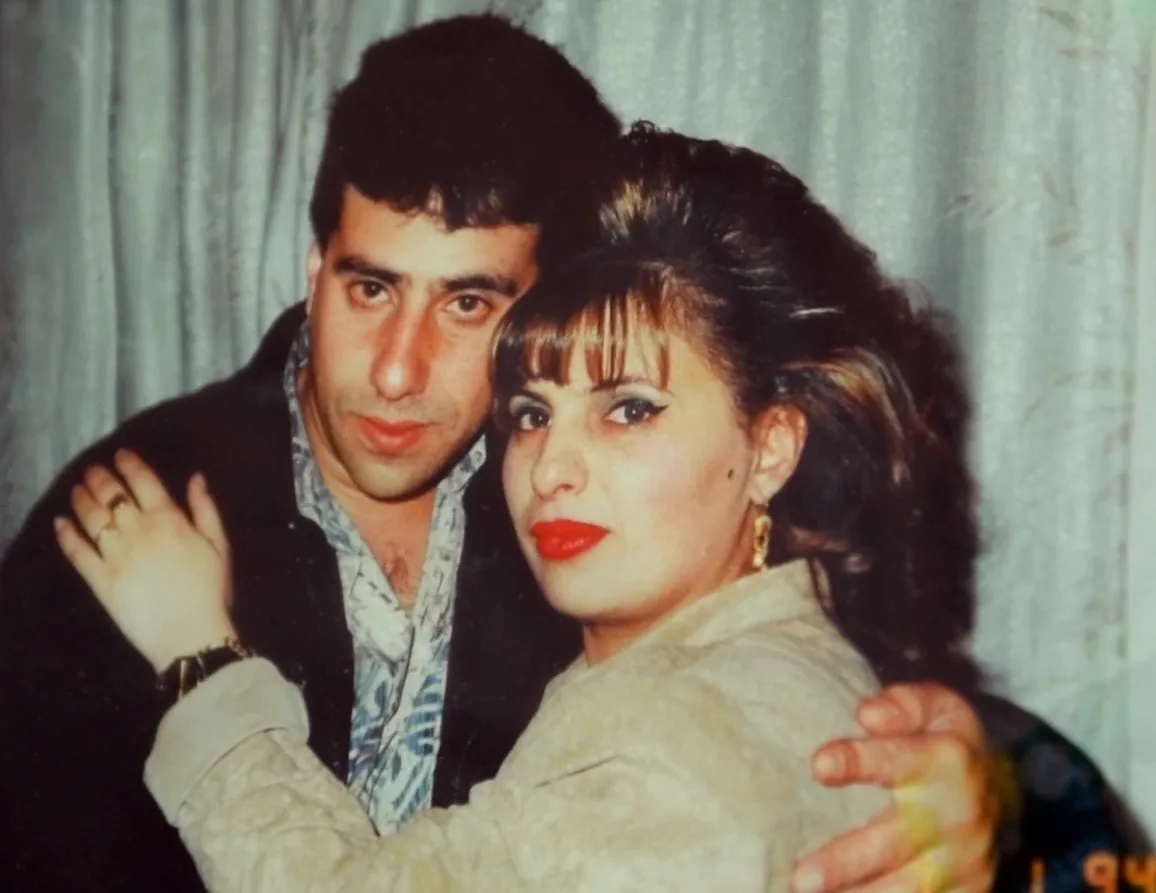Both were and are dedicated to the nursing profession, taking great pride and joy from what Nadia describes as “humanitarian” work. They knew they wanted a family, but it took time for Nadia to get pregnant. But they had two healthy sons in the following years, and life was good. Nadia took time off to raise her family. She intended to return to the hospital when her children were grown, but that hope was dashed.
We are sitting in the sunroom of Nadia’s house in Baalbek. The comfortable setting belies an underlying truth: Nadia and her family struggle daily with finances because of the “crisis” in Lebanon. That is what it is commonly called, but it is well beyond a crisis. It is the devastating, years-long result of a catastrophic meltdown of the Lebanese economy.
It started in the fall of 2019 with the devaluation of the Lebanese pound (LBP). Currency shortages prompted banks to limit withdrawals, trapping millions of people’s savings. Foreign exchange inflows dried up.
Then in February 2020, the government defaulted on its foreign debt. The currency collapsed.
The budget deficit skyrocketed, and the balance of payments sank deeper and deeper into the red. Because of this, three-quarters of Lebanon’s 6 million people have fallen into poverty since the financial crisis began. To put this into perspective, before the devaluation one U.S. dollar bought 1,500 Lebanese pounds; today, the practical street exchange rate is one-to-100,000.





